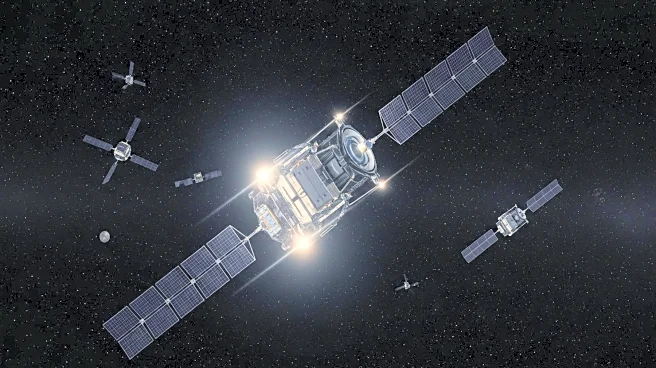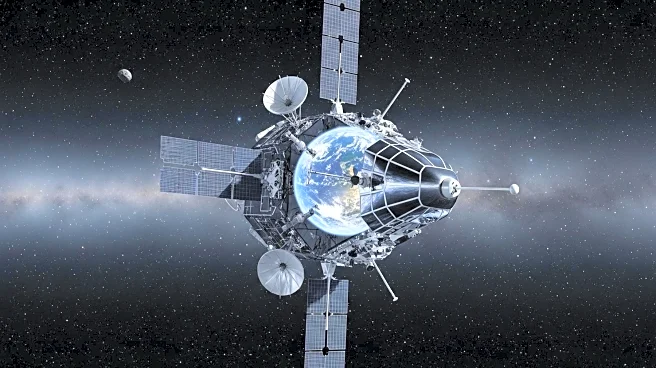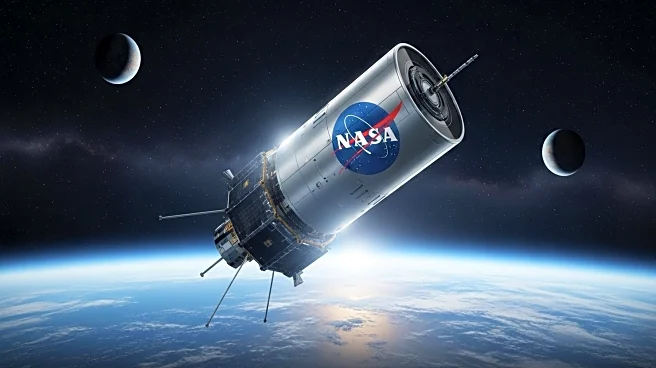What's Happening?
China is advancing its space-based solar power program, aiming to establish a one-gigawatt orbital station by mid-century. The Chinese Academy of Space Technology has laid out a roadmap that includes launching a small test satellite in the coming years, followed by a one-megawatt demonstrator in the 2030s. This initiative is part of China's broader ambitions in space, which also involve developing the Long March 9 super-heavy rocket for lunar missions. Despite the technological optimism, the economic feasibility of space-based solar power remains questionable due to the high costs associated with launching and maintaining solar arrays in orbit.
Why It's Important?
The development of space-based solar power by China represents a significant geopolitical move, showcasing technological confidence and ambition. If successful, it could position China as a leader in space technology, potentially influencing global energy strategies. However, the high costs of launching materials into orbit, estimated at thousands of dollars per kilogram, pose a major economic challenge. This initiative could prompt other nations to reassess their space capabilities and ambitions, but the practicality of space-based solar power as a competitive energy source remains doubtful compared to terrestrial alternatives.
What's Next?
China's space-based solar power project is expected to progress with the launch of a test satellite and further development of the Long March 9 rocket. The success of these steps will be crucial in determining the feasibility of the larger one-gigawatt station. Other countries may respond by accelerating their own space programs or exploring alternative energy technologies. The project's progress will be closely watched by global stakeholders interested in the intersection of space exploration and renewable energy.
Beyond the Headlines
The pursuit of space-based solar power highlights the broader theme of megaprojects that often overestimate benefits and underestimate costs. This initiative serves as a statement of technological ambition rather than a purely economic venture. The development of related technologies, such as high-efficiency wireless power transfer and autonomous assembly, could have applications beyond energy, benefiting communications and military capabilities. The project underscores the ongoing competition in space technology and the strategic importance of space as a domain for national prestige and capability.










